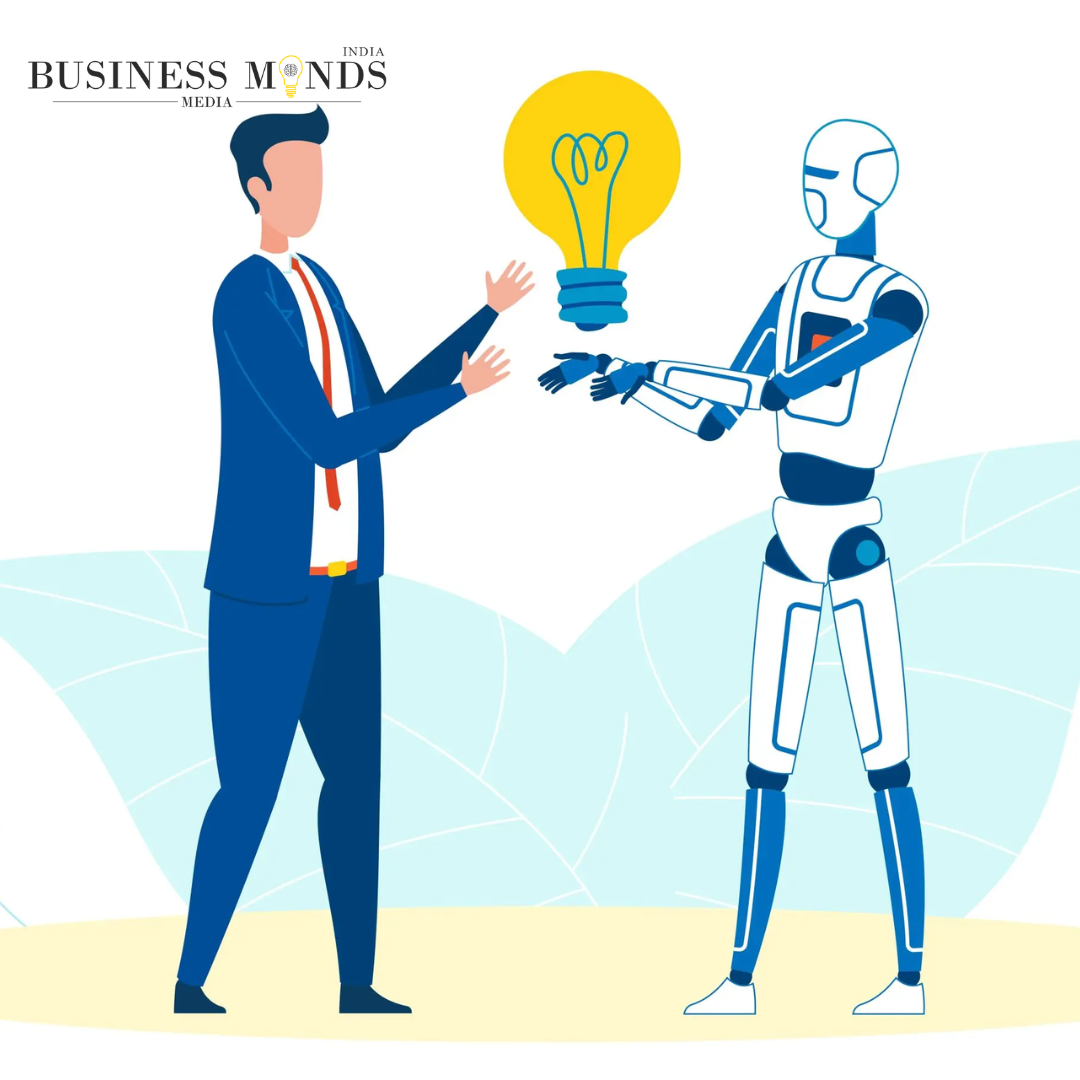Source : -ISHIR
The world of business is being reshaped by Leadership in the Age of Automation, artificial intelligence, and advanced analytics. As machines grow more capable of executing tasks once considered uniquely human, the definition of leadership is evolving. Leaders today are not only expected to understand technology but also to preserve the human elements that drive creativity, empathy, and ethical judgment. In this era, success lies in finding the delicate balance between human insight and machine precision.
The Shifting Landscape of Leadership in the Age of Automation
Automation has redefined efficiency. Tasks that once demanded human time and focus are now performed by algorithms with speed and accuracy. Yet, while machines excel at processing data, they lack the intuition, emotional intelligence, and moral awareness that human leaders bring. The challenge for today’s leaders is not to compete with automation but to integrate it meaningfully into organizational strategy. The most successful leaders are those who can guide teams through technological transformation without losing sight of human values.
Leadership in this new age requires adaptability. Traditional management models built on control and predictability are giving way to fluid, innovation-driven approaches. Leaders must navigate uncertainty, inspire confidence, and translate complex technological concepts into purposeful business outcomes. They are now visionaries who bridge two worlds—the analytical precision of machines and the emotional depth of human experience.
Harnessing the Power of Technology
Automation provides leaders with extraordinary tools for decision-making. Predictive analytics can identify market trends, artificial intelligence can enhance customer experience, and robotic process automation can streamline operations. The insights generated through data-driven tools allow leaders to make informed choices and respond swiftly to changing conditions.
However, true leadership lies in interpreting data rather than being dominated by it. Machines can provide information, but they cannot determine meaning. Leaders must discern when to follow the data and when to trust instinct or experience. For instance, an algorithm may suggest cost reductions, but a leader must weigh those recommendations against their potential impact on employees, customers, and brand reputation. The integration of machine precision with human judgment ensures that decisions are not only efficient but also ethical and sustainable.
Preserving the Human Element
As Leadership in the Age of Automation takes over routine work, the human role in organizations becomes more focused on creativity, collaboration, and emotional intelligence. Leaders must cultivate workplaces that value these traits, ensuring that technology serves to enhance rather than replace the human spirit.
Empathy and connection are irreplaceable in leadership. Employees seek meaning in their work and guidance from leaders who understand their challenges. A leader who listens, motivates, and provides clarity will always have an advantage over automation. Machines can calculate probabilities, but they cannot inspire trust or belonging.
Moreover, in times of disruption, the human touch becomes vital. When teams face uncertainty about the impact of technology on their roles, leaders must communicate with transparency and compassion. By emphasizing learning and growth rather than fear, leaders can transform anxiety into opportunity.
Developing Future-Ready Leaders
Leadership in the Age of Automation must evolve beyond technical proficiency. Future-ready leaders will need digital literacy, but they must also master adaptability, ethics, and cross-disciplinary thinking. Continuous learning will become an essential part of leadership identity.
Organizations should invest in training programs that blend technology awareness with emotional and social intelligence. Mentorship, reflection, and collaboration will play a central role in preparing leaders who can make wise decisions in complex digital ecosystems. Those who combine the ability to understand technology with the capacity to lead with humanity will shape the future of work.
Building a Culture of Balance
Creating a culture where automation and human insight coexist requires clear vision and intention. Leaders must define technology’s role not as a replacement for people but as a partner in performance. This involves aligning digital initiatives with the organization’s core purpose and values.
Transparency about how automation impacts jobs and processes helps build trust. Encouraging employees to engage with technology rather than resist it fosters innovation. When people feel empowered to use automation as a tool for creativity and problem-solving, they contribute to a more agile and future-ready organization.
Leaders should also model this balance personally. By combining analytical thinking with emotional awareness, they demonstrate that progress and humanity can coexist. This example becomes the foundation for a culture where both machines and people operate at their best.
Conclusion
The Leadership in the Age of Automation is not a battle between humans and machines. It is an opportunity for leaders to elevate both. Machines offer accuracy, efficiency, and data-driven clarity. Humans provide insight, empathy, and ethical direction. The true art of modern leadership lies in uniting these strengths to build organizations that are intelligent, compassionate, and adaptable.
As automation continues to shape the future, leaders who maintain this balance will not only ensure productivity but also preserve the very essence of what makes leadership meaningful—the human ability to understand, inspire, and envision a better tomorrow.
Also Read :- Business Minds Media India For further Information

